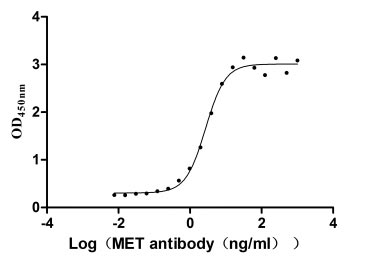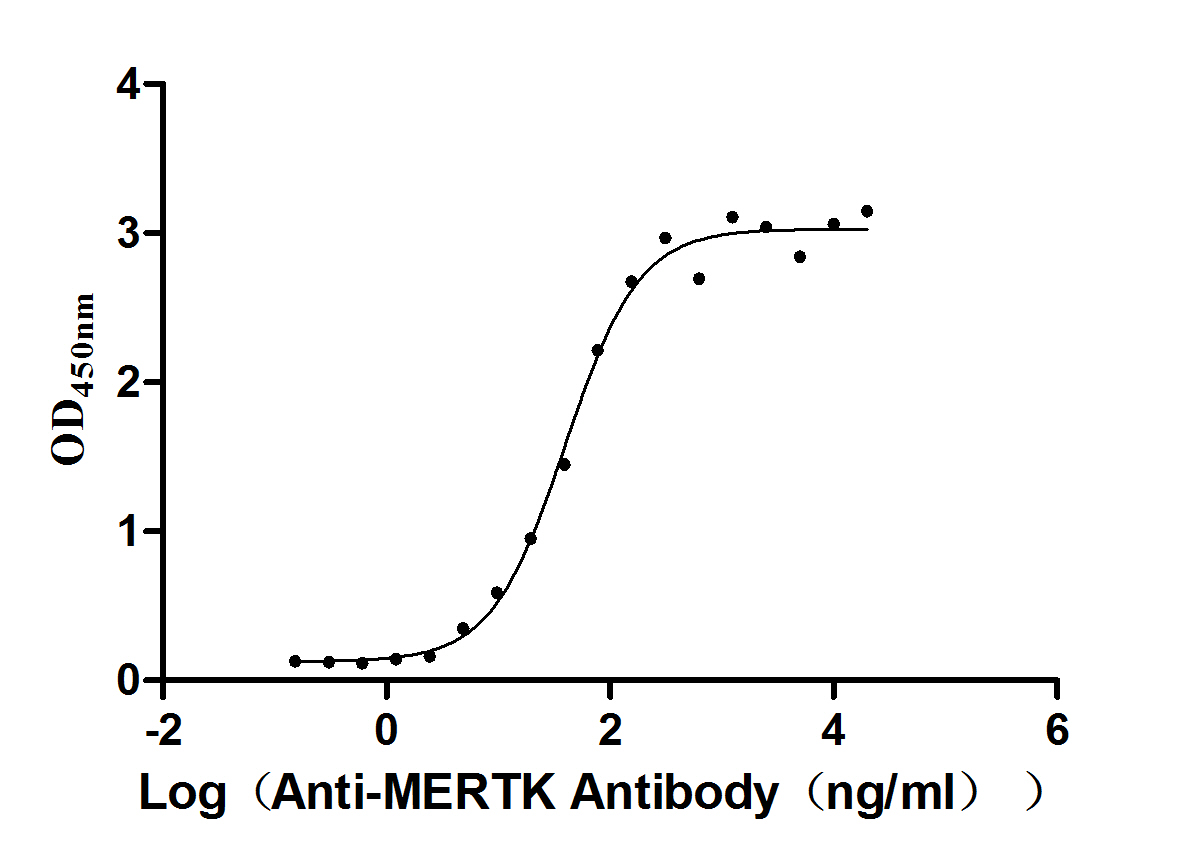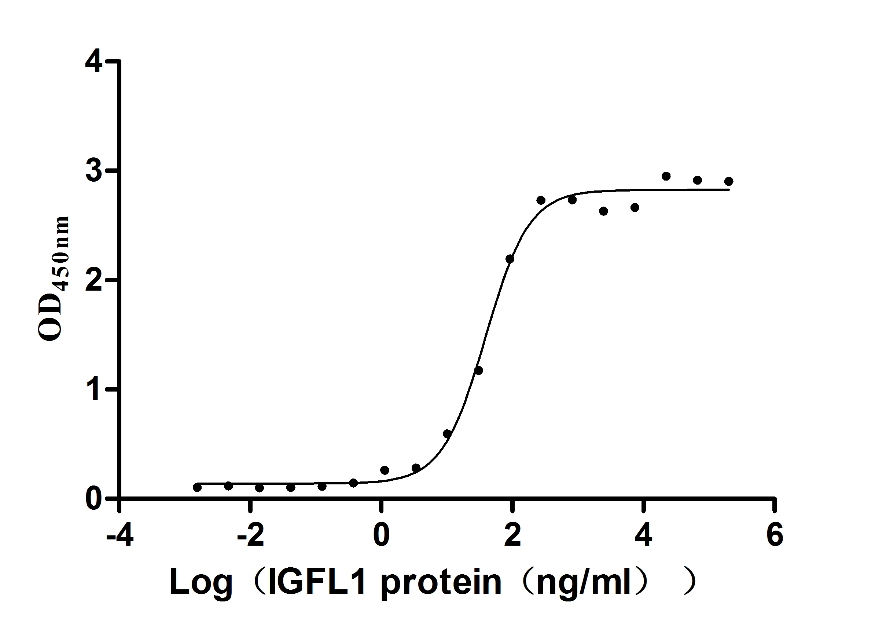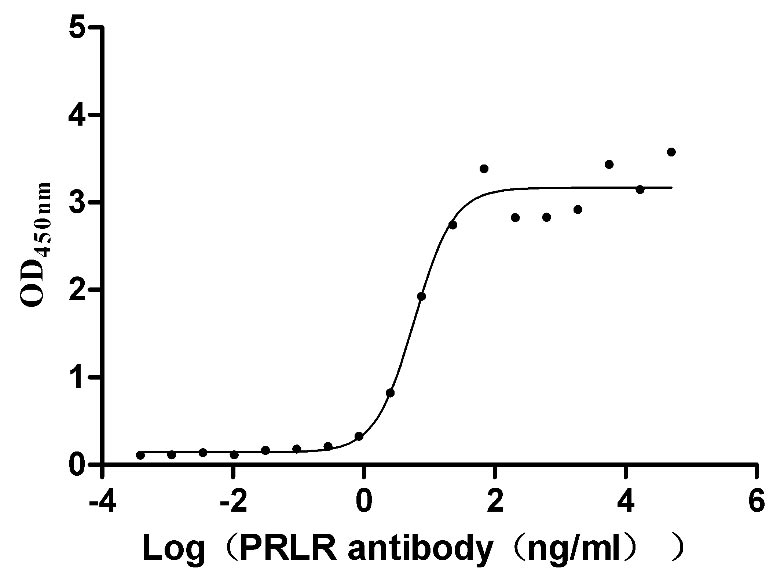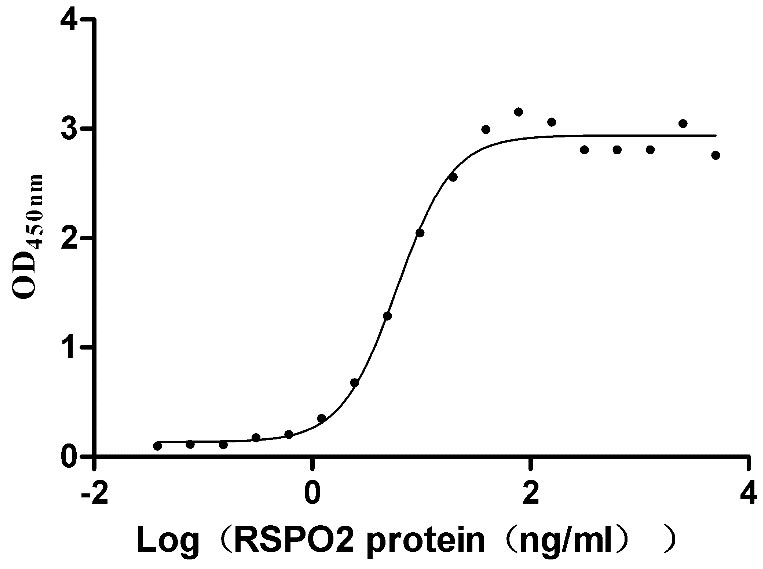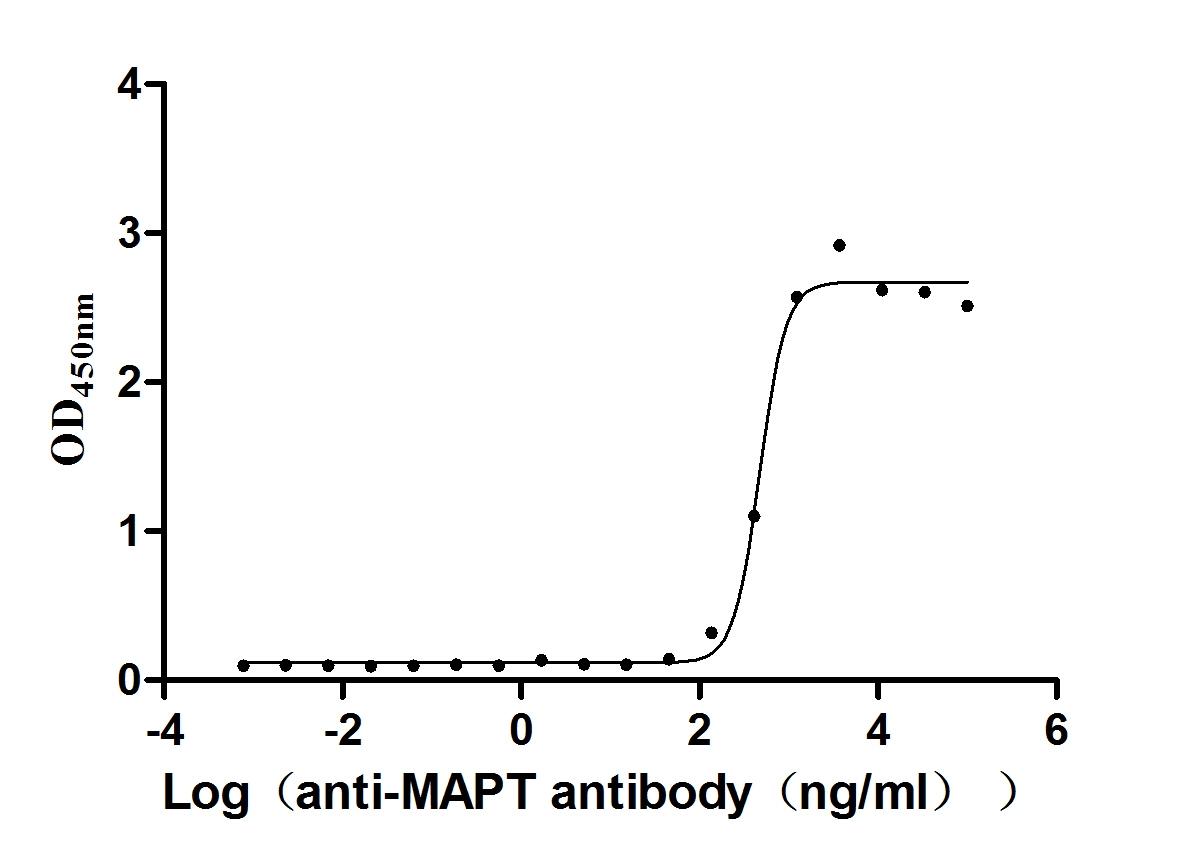Recombinant Human Inositol 1,4,5-trisphosphate receptor type 3 (ITPR3), partial
-
中文名稱:人ITPR3重組蛋白
-
貨號(hào):CSB-YP622774HU
-
規(guī)格:
-
來源:Yeast
-
其他:
-
中文名稱:人ITPR3重組蛋白
-
貨號(hào):CSB-EP622774HU
-
規(guī)格:
-
來源:E.coli
-
其他:
-
中文名稱:人ITPR3重組蛋白
-
貨號(hào):CSB-EP622774HU-B
-
規(guī)格:
-
來源:E.coli
-
共軛:Avi-tag Biotinylated
E. coli biotin ligase (BirA) is highly specific in covalently attaching biotin to the 15 amino acid AviTag peptide. This recombinant protein was biotinylated in vivo by AviTag-BirA technology, which method is BriA catalyzes amide linkage between the biotin and the specific lysine of the AviTag.
-
其他:
-
中文名稱:人ITPR3重組蛋白
-
貨號(hào):CSB-BP622774HU
-
規(guī)格:
-
來源:Baculovirus
-
其他:
-
中文名稱:人ITPR3重組蛋白
-
貨號(hào):CSB-MP622774HU
-
規(guī)格:
-
來源:Mammalian cell
-
其他:
產(chǎn)品詳情
-
純度:>85% (SDS-PAGE)
-
基因名:
-
Uniprot No.:
-
別名:4; 5-trisphosphate receptor; 5-trisphosphate receptor type 3; FLJ36205; Inositol 1; Inositol 1,4,5 trisphosphate receptor type 3; InsP3R3; IP3 receptor; IP3 receptor isoform 3; IP3R 3; IP3R; IP3R3; ITPR 3; ITPR3; ITPR3_HUMAN; Type 3 inositol 1; Type 3 inositol 1,4,5 trisphosphate receptor; Type 3 InsP3 receptor
-
種屬:Homo sapiens (Human)
-
蛋白長(zhǎng)度:Partial
-
蛋白標(biāo)簽:Tag?type?will?be?determined?during?the?manufacturing?process.
The tag type will be determined during production process. If you have specified tag type, please tell us and we will develop the specified tag preferentially. -
產(chǎn)品提供形式:Lyophilized powder
Note: We will preferentially ship the format that we have in stock, however, if you have any special requirement for the format, please remark your requirement when placing the order, we will prepare according to your demand. -
復(fù)溶:We recommend that this vial be briefly centrifuged prior to opening to bring the contents to the bottom. Please reconstitute protein in deionized sterile water to a concentration of 0.1-1.0 mg/mL.We recommend to add 5-50% of glycerol (final concentration) and aliquot for long-term storage at -20℃/-80℃. Our default final concentration of glycerol is 50%. Customers could use it as reference.
-
儲(chǔ)存條件:Store at -20°C/-80°C upon receipt, aliquoting is necessary for mutiple use. Avoid repeated freeze-thaw cycles.
-
保質(zhì)期:The shelf life is related to many factors, storage state, buffer ingredients, storage temperature and the stability of the protein itself.
Generally, the shelf life of liquid form is 6 months at -20°C/-80°C. The shelf life of lyophilized form is 12 months at -20°C/-80°C. -
貨期:Delivery time may differ from different purchasing way or location, please kindly consult your local distributors for specific delivery time.Note: All of our proteins are default shipped with normal blue ice packs, if you request to ship with dry ice, please communicate with us in advance and extra fees will be charged.
-
注意事項(xiàng):Repeated freezing and thawing is not recommended. Store working aliquots at 4°C for up to one week.
-
Datasheet :Please contact us to get it.
相關(guān)產(chǎn)品
靶點(diǎn)詳情
-
功能:Receptor for inositol 1,4,5-trisphosphate, a second messenger that mediates the release of intracellular calcium.
-
基因功能參考文獻(xiàn):
- Data demonstrated that IP3R3 is able to modulate intracellular Ca(2+) availability and to coordinate the remodeling of profilin cytoskeleton organization through the ARHGAP18/RhoA/mDia1/FAK pathway. PMID: 29630900
- Suggest that AT haplotype in the ITPR3 gene may serve as a potential marker for genetic susceptibility to cervical squamous cell carcinoma risk in Taiwanese women. PMID: 28036301
- PTEN counteracts FBXL2 to promote IP3R3- and Ca(2+)-mediated apoptosis limiting tumour growth PMID: 28614300
- BAP1 regulates IP3R3-mediated Ca(2+) flux to mitochondria suppressing cell transformation PMID: 28614305
- The transcription factor NRF2 binds to the promoter of ITPR3 to inhibit its expression in cholangiocytes, leading to reduced calcium signaling and bile duct secretion. PMID: 25796361
- miR-506 is a regulator of InsP3R3 expression and InsP3R3-mediated Ca2+ signaling and secretion. PMID: 25378392
- It mediate calcium release from intracellular calcium stores such as the ER into the cytoplasm. (review) PMID: 24285081
- Physiologically relevant reactive oxygen species controls cytoplasmic and mitochondrial calcium transport through IP3 receptors. PMID: 24469450
- A molecular and functional link between BKCa channel and IP3R3 in cancer cells as an important mechanism for tumor cell proliferation. PMID: 23992640
- in human pulmonary fibroblasts, PDGF acts through IP3-induced Ca(2+)-release to trigger Ca(2+) waves, which in turn modulate gene expression of several matrix proteins. PMID: 23618877
- The presence of isoform III of inositol 1,4,5-trisphosphate receptor is the key point of Akt activity on calcium-mediated apoptosis. PMID: 22552281
- Ins(1,4,5)P3R-mediated Ca2+ signaling was critical for starvation-induced autophagy stimulation. PMID: 22082873
- The study provides biochemical evidence of the interaction between FKBP12 and RYR1, RYR3 and IP3R. PMID: 22100703
- the critical region of KRAP protein for the regulation of IP(3)R was determined. PMID: 21501587
- results of this study suggest that the rs2229634 SNP in the ITPR3 gene is associated with the risk of coronary artery aneurysm formation in Taiwanese Kawasaki disease patients PMID: 20618519
- inositol 145-triphosphate receptor type 3 becomes expressed in colon cancer, and its expression level is directly related to aggressiveness of the tumor PMID: 21075448
- Findings suggest IP(3)R3 as a novel therapeutic target and identify caffeine as a possible adjunct therapy to slow invasive growth of glioblastoma. PMID: 20103623
- IP3R3 may be a prerequisite for secretion of an enzyme, such as protease, in gastric cancer cells; results indicate that IP3R3 may be specifically involved in gastric cancer peritoneal dissemination PMID: 14666665
- The estimated population-attributable risk of 21.6% suggests that variation within ITPR3 reflects an important contribution to type 1 diabetes in Sweden. PMID: 16960798
- Anti-IP(3)R1 antibodies were present in 48.6% of primary Sjogren's syndrome and in 3.0% of normal healthy subjects. PMID: 17437169
- IP3R3 is present in the paranodal regions of the nodes in the sciatic nerve. PMID: 17496801
- A functional single nucleotide polymorphism in the NKX2.5-binding site of ITPR3 promoter is associated with susceptibility to systemic lupus erythematosus PMID: 18219441
- the ankyrin-binding site is located on the cytoplasmic face of the InsP(3) receptor, thus validating the feasibility of in vivo ankyrin-InsP(3) receptor interactions. PMID: 18275062
- The association between type 1 diabetes and the ITPR3 gene polymorphism due to linkage disequilibrium with HLA class II. PMID: 18340361
- In this review, by sensing sequential binding of IP3 and calcium ions, the IP3 receptor acts as a coincidence detector that associates parallel fiber inputs with climbing fiber inputs. PMID: 18434505
- sigma-1R overexpression drives sigma agonist-independent dissociation of ANK 220 from IP3R-3, resulting in activation PMID: 18539593
- the agonist-induced clustering of IP(3)R is triggered by IP(3) binding, rather than [Ca(2+)](i) elevation. PMID: 18544901
- May play a role in calcium-dependent nuclear processes. PMID: 18586264
- IP3-mediated sensitization requires IP3 receptor binding to a TRPV4 C-terminal domain that overlaps with a previously described calmodulin-binding site PMID: 18826956
- Inability of the T-cell receptors in TCR transgenic mice to trigger calcium mobilization may be due to the insufficient level of inositol 1,4,5-triphosphate receptor (IP3) type 3 to initiate the release of calcium from intracellular stores. PMID: 19050248
- Caveolin-1 scaffold domain interacts with TRPC1 and IP3R3 to regulate Ca2+ store release-induced Ca2+ entry in endothelial cells. PMID: 19052258
- Results demonstrate the importance of the InsP3 receptor-mutant huntingtin protein association for the pathogenesis of Huntington's disease and as a potential therapeutic target for Huntington's disease. PMID: 19193873
- Data show that the BH4 domain mediates interaction of Bcl-2 with the inositol 1,4,5-trisphosphate (IP3) receptor on the endoplasmic reticulum. PMID: 19706527
顯示更多
收起更多
-
亞細(xì)胞定位:Endoplasmic reticulum membrane; Multi-pass membrane protein.
-
蛋白家族:InsP3 receptor family
-
組織特異性:Expressed in intestinal crypt and villus epithelial cells.
-
數(shù)據(jù)庫(kù)鏈接:
Most popular with customers
-
Recombinant Human Hepatocyte growth factor receptor (MET), partial (Active)
Express system: Mammalian cell
Species: Homo sapiens (Human)
-
Recombinant Human Tyrosine-protein kinase Mer (MERTK), partial (Active)
Express system: Mammalian cell
Species: Homo sapiens (Human)
-
Recombinant Human Insulin growth factor-like family member 1 (IGFL1) (Active)
Express system: Mammalian cell
Species: Homo sapiens (Human)
-
Recombinant Human IGF-like family receptor 1 (IGFLR1), partial (Active)
Express system: Mammalian cell
Species: Homo sapiens (Human)
-
Recombinant Mouse Prolactin receptor (Prlr), partial (Active)
Express system: Mammalian cell
Species: Mus musculus (Mouse)
-
Recombinant Human E3 ubiquitin-protein ligase ZNRF3 (ZNRF3), partial (Active)
Express system: Mammalian cell
Species: Homo sapiens (Human)
-
Recombinant Mouse Microtubule-associated protein tau (Mapt) (Active)
Express system: Mammalian cell
Species: Mus musculus (Mouse)
-
Recombinant Rat Intestinal-type alkaline phosphatase 1 (Alpi) (Active)
Express system: Mammalian cell
Species: Rattus norvegicus (Rat)


